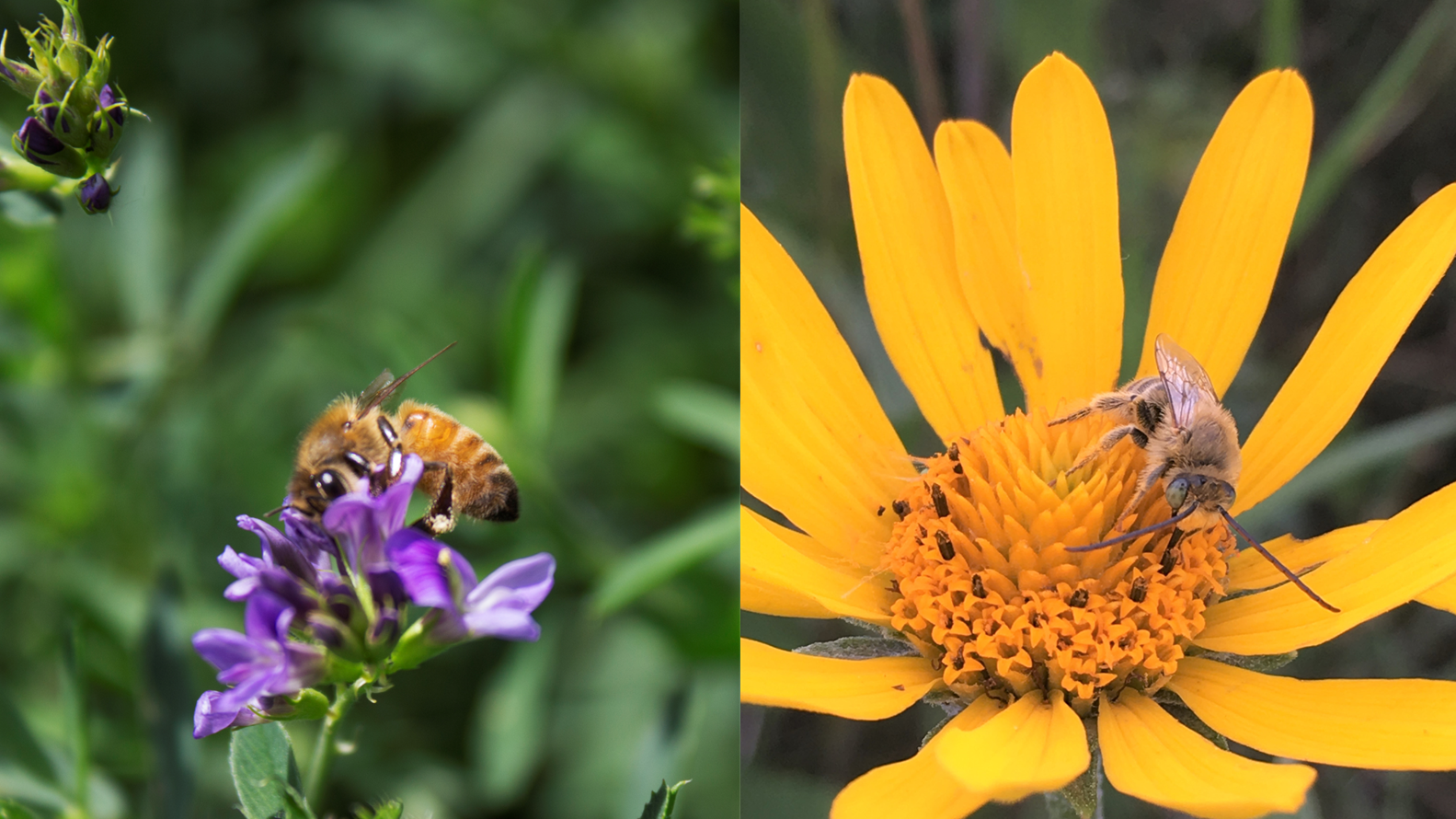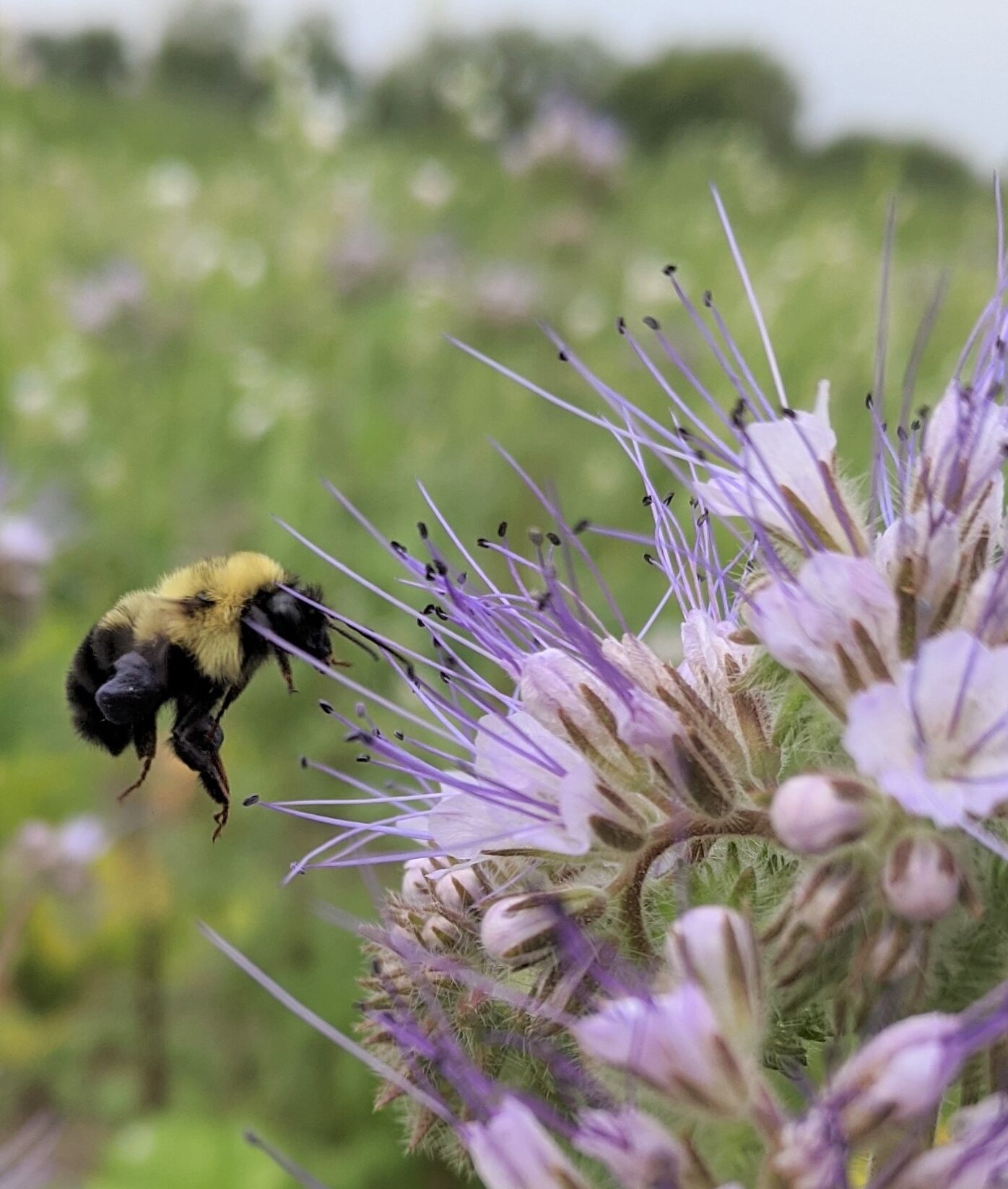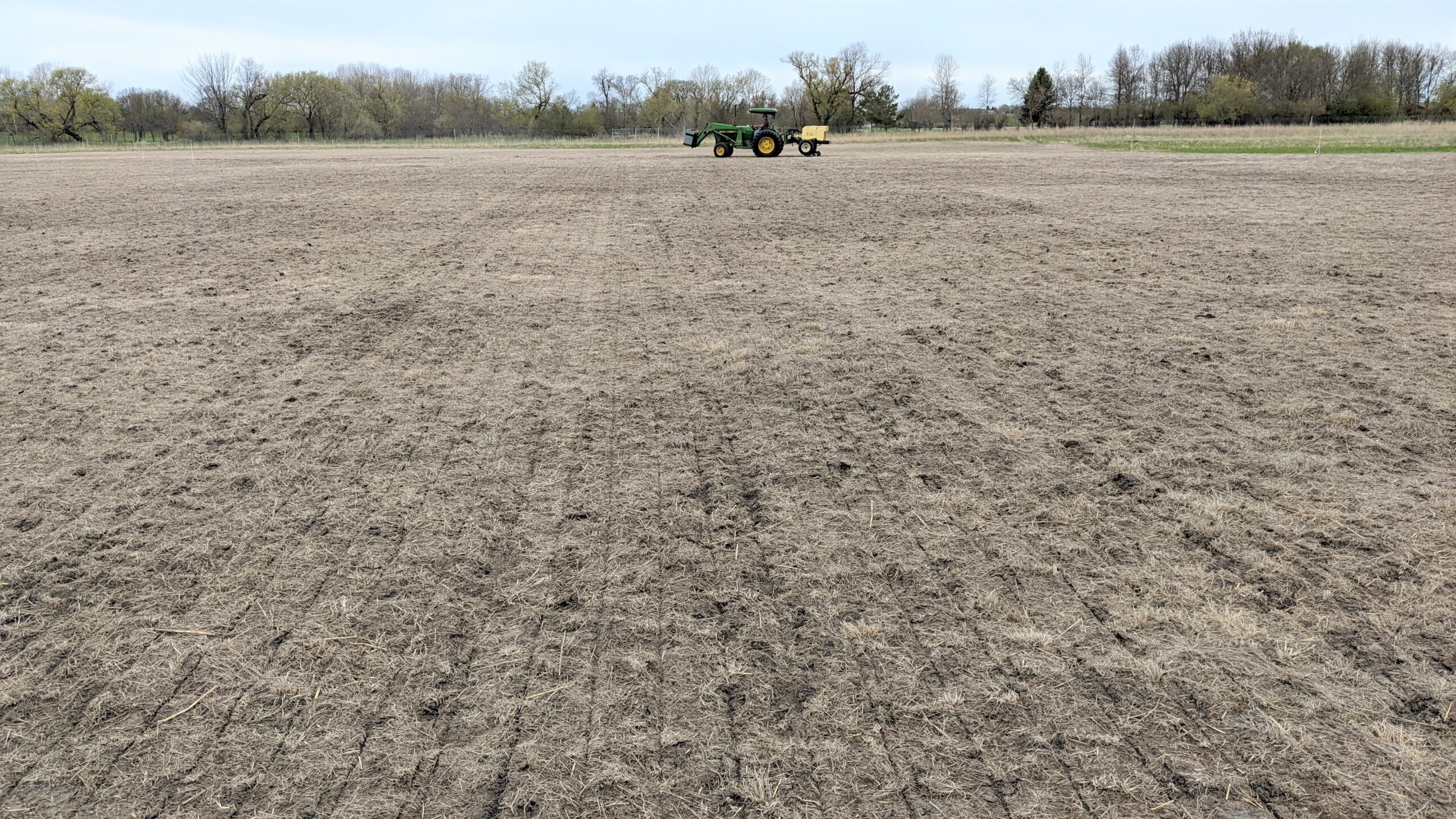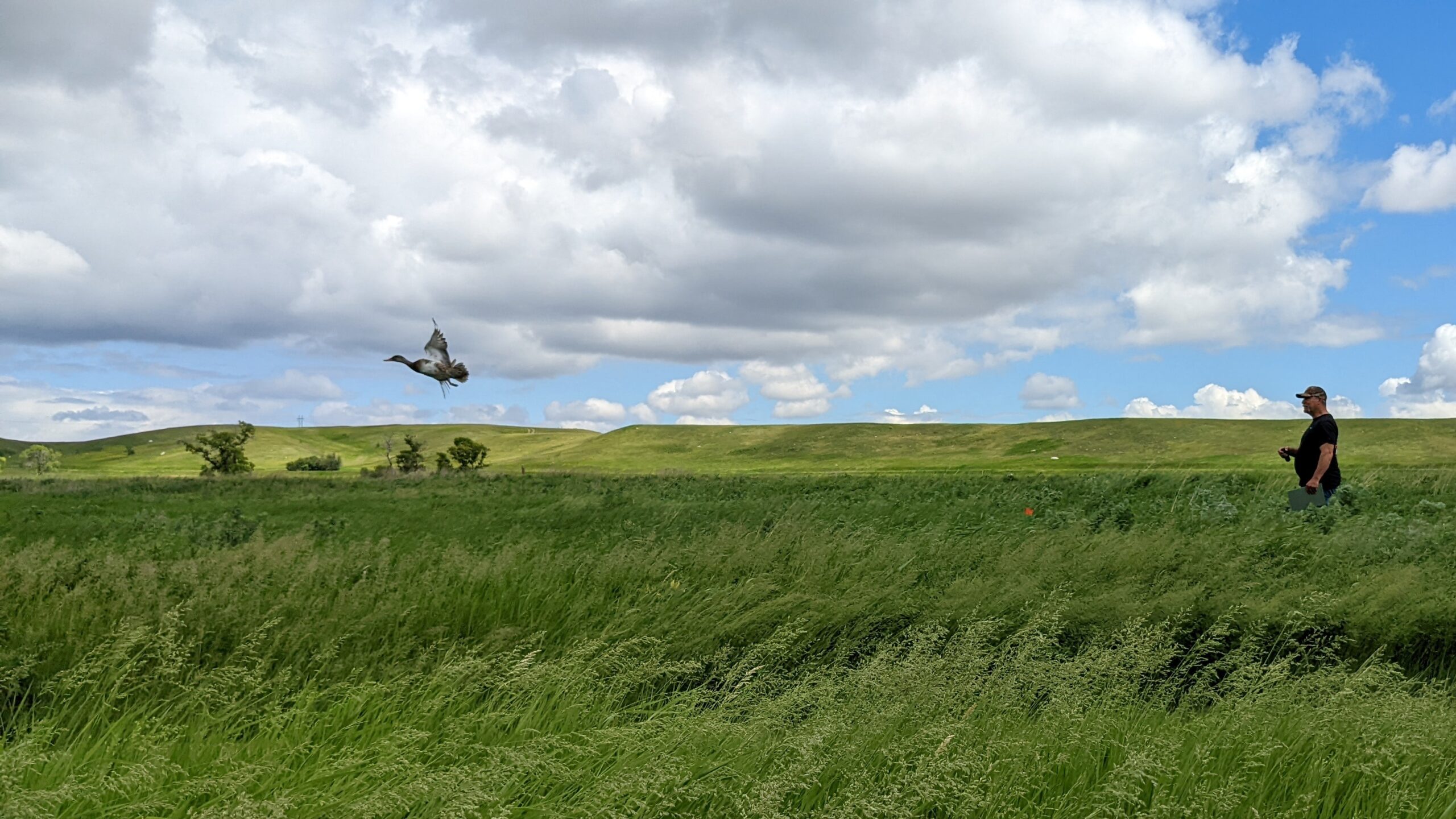The Prairie Pothole Region (PPR) has long been referred to as the “duck factory” of North America, producing millions of ducks to be pursued by hunters and observed by wildlife enthusiasts. The PPR is also referred to by beekeepers as “America’s last bee refuge” because it supports the highest density of honey bee colonies across the U.S. during the summer and is home to many fourth and fifth-generation beekeepers. Much like the migration to warmer environments by waterfowl that hatched in the PPR, beekeepers in the PPR undertake a similar migration to transport their honey bee colonies to warmer reaches of the country for pollinating agricultural crops. The PPR also supports over 250 native pollinator species, ranging from sweat bees that are smaller than a pencil tip to the iconic, migratory monarch butterfly. During the summer, you will find waterfowl, honey bees, and many species of native pollinators using the same habitat. Ducks, beekeepers, and migratory monarch butterflies flock to the PPR every summer because this region represents ideal conditions for raising ducklings, producing honey, and raising the next generation of native pollinators. Ducks need wetlands and grasslands for raising offspring. Native pollinators and honey bees look for flowers within these same habitats for pollen and nectar.

There is a growing understanding that waterfowl and pollinators depend on the same habitat in the PPR. The U.S. Geological Survey at Northern Prairie Wildlife Research Center and the Prairie Pothole Joint Venture teamed up in 2020 to lead a pollinator habitat demonstration project so that land managers and private landowners could see the multiple benefits these lands provide, not only to wildlife and pollinators but also to improving soil health and long-term ecosystem resiliency. As part of this effort, we are also testing different seed mixes and plot establishment procedures to provide guidance to stakeholders on how to maximize return-on-investment on any new habitat planting they may have planned.

The demonstration project involves replicated plots to examine the differences between four pollinator habitat treatments. We are comparing plots seeded in the fall with a broadcast seeder and plots seeded in the spring with a drill seeder. We are also examining two different seed mixes within each of those plot establishment procedures. Each mix contains 11 grass species and 32 forb species with varying densities of grass versus forb seed. After preparing the site for seeding, we seeded a pollinator cover crop in 2021 to reduce weed pressure and initiated our treatments in fall 2021 and spring 2022. After a heavy precipitation winter, we are eagerly awaiting more warm weather and germination of our seeded species! We will be surveying plants and bees this summer to see what germinated and what flowers the bees are visiting. Stay tuned for upcoming results!


